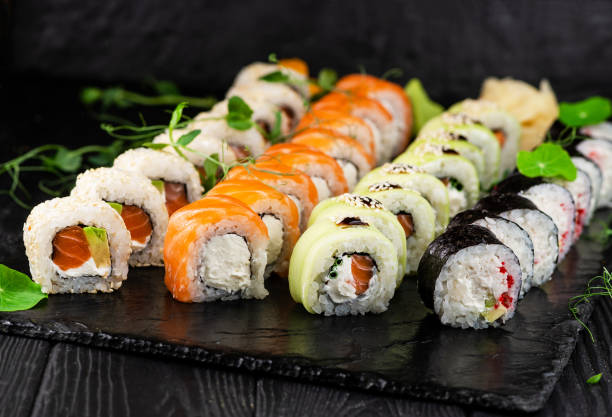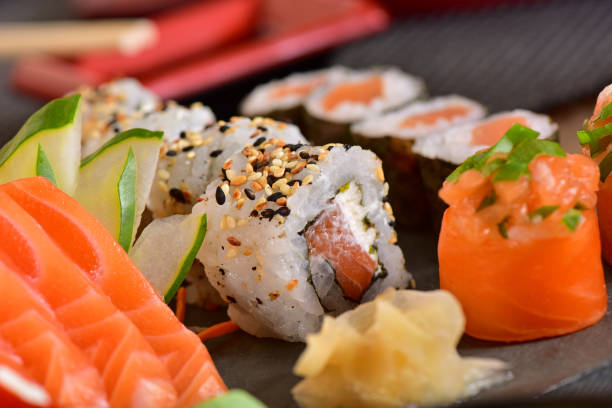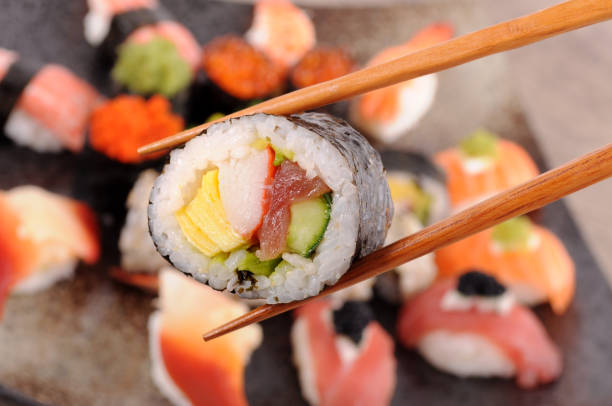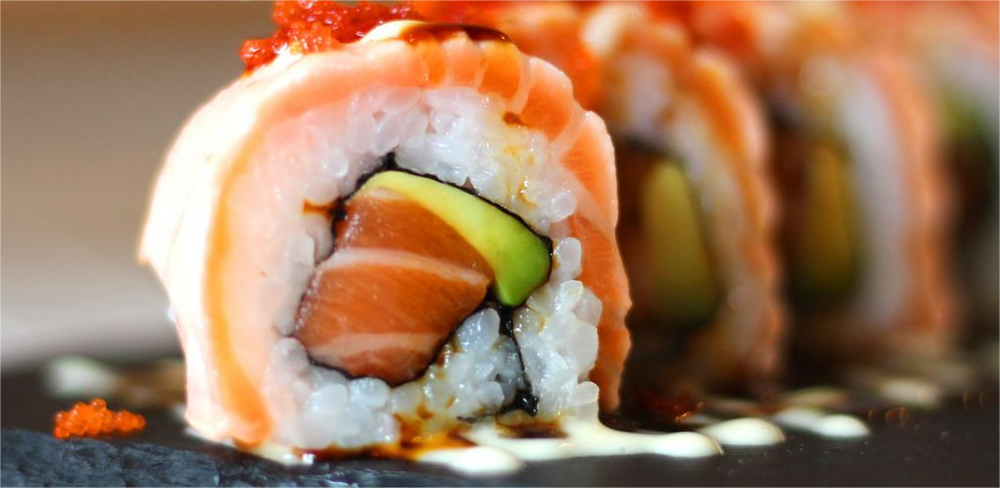Sushi, a quintessential Japanese cuisine, has captivated food enthusiasts worldwide with its delicate flavors, artistic presentation, and rich cultural heritage. Originating in ancient Japan, sushi has evolved over centuries, blending tradition with innovation to create an array of delightful culinary experiences. Let’s embark on a journey to uncover the origins, types, and cultural significance of sushi.
Origins of Sushi:
The roots of sushi trace back to Southeast Asia, where fishermen preserved fish by fermenting it with rice and salt. This preservation method prevented the fish from spoiling, allowing it to be stored for months. Over time, this technique made its way to Japan, where it underwent refinement and transformation.
Edo Period (1603-1868) marked a significant turning point for sushi. Street vendors in Edo, modern-day Tokyo, began selling nigiri sushi, a simple yet elegant combination of vinegared rice and fresh fish. This style gained popularity among the working-class population and eventually spread throughout Japan.

Types of Sushi:
Nigiri Sushi: Nigiri sushi consists of hand-pressed vinegared rice topped with fresh seafood, such as tuna, salmon, or shrimp. It embodies simplicity and allows the natural flavors of the fish to shine.
Maki Sushi: Maki sushi, also known as sushi rolls, features a layer of rice and various fillings wrapped in seaweed (nori). Popular fillings include cucumber, avocado, crab, and tempura shrimp. Maki sushi offers endless possibilities for creativity and experimentation.
Sashimi: While not technically sushi, sashimi is a beloved Japanese delicacy often served alongside sushi. It comprises thinly sliced raw fish or seafood, skillfully arranged and presented without rice. Common types of sashimi include tuna, salmon, and yellowtail.
Temaki Sushi: Temaki sushi, or hand rolls, are cone-shaped rolls filled with rice, seafood, vegetables, and other ingredients. They are designed to be eaten by hand, making them a fun and interactive dining experience.

Cultural Significance:
Beyond its culinary appeal, sushi holds deep cultural significance in Japan. It embodies principles of craftsmanship, precision, and respect for ingredients. The art of sushi-making requires years of training and apprenticeship under master chefs, known as itamae. These skilled artisans meticulously select the freshest fish, master the art of rice preparation, and craft each piece of sushi with care and precision.
Furthermore, sushi etiquette plays a crucial role in Japanese dining culture. Traditionally, diners consume sushi with their hands, dipping it lightly in soy sauce and avoiding excessive use of wasabi. Additionally, expressing gratitude to the chef, known as itadakimasu, is customary before enjoying a meal.

Sushi transcends its culinary roots to become a symbol of Japanese culture, craftsmanship, and culinary excellence. Whether savoring a simple piece of nigiri or indulging in a creative sushi roll, each bite offers a glimpse into centuries of tradition and innovation. So the next time you enjoy sushi, take a moment to appreciate the artistry and history behind this beloved culinary treasure.
If you want more information on food and recipes, keep following us: https://www.bygoody.com/














Leave a Reply